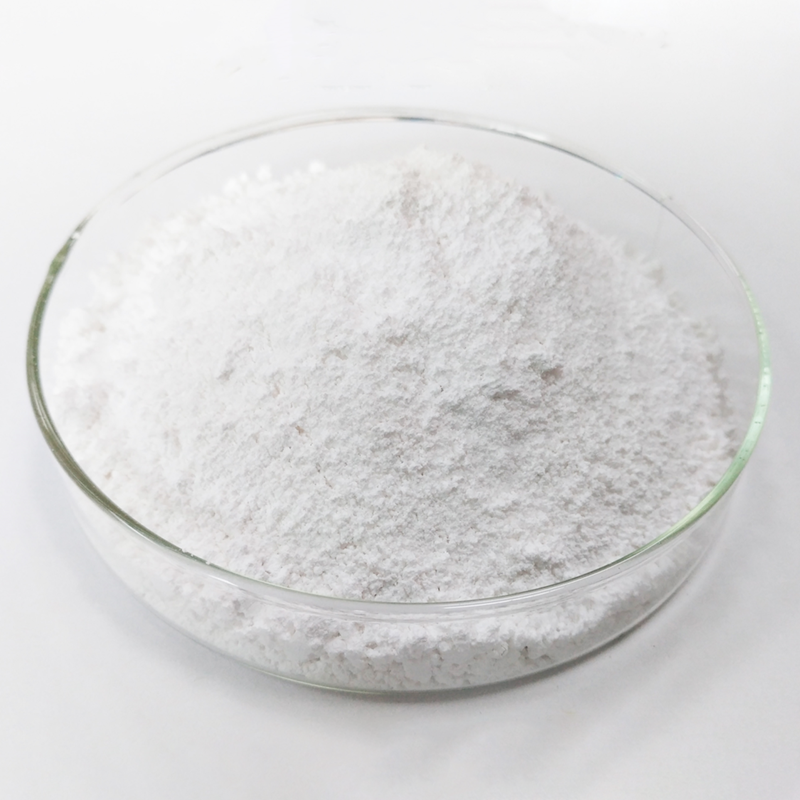- Chemical Formula: C₆H₉N₇O₃
- Molecular Weight: 255.2 g/mol
- CAS Number: 37640-57-6
- Appearance: White crystalline powder
- Flame Retardant Type: Nitrogen-based, halogen-free
Key Flame Retardant Properties:
- Endothermic Decomposition: MCA decomposes by absorbing heat, which cools the material and delays ignition.
- Dilution of Flammable Gases: Releases non-flammable gases (like ammonia and water vapor) that dilute oxygen and inhibit combustion.
- char Formation: Promotes a protective char layer that insulates the material and prevents flame spread.
- Synergistic Effect: Especially effective in polyamide systems (like PA6 and PA66), where it works synergistically to enhance flame retardancy.
Advantages:
- Halogen-Free & Eco-Friendly: Non-toxic and safe for human health and the environment.
- Low Smoke Emission: Minimizes smoke and toxic gas release during burning.
- Thermal Stability: Stable at processing temperatures, suitable for many engineering plastics.
- Good Mechanical Properties: Helps maintain material strength and flexibility, even at high loadings.
Applications:
- Engineering Plastics: Widely used in polyamides (PA6, PA66), PBT, and PET.
- Electrical & Electronics: Ideal for connectors, switches, circuit breakers, and cable insulation.
- Automotive Parts: Used in under-the-hood components, interior trims, and wiring systems.
- Consumer Goods: Flame retardant in home appliances, chargers, and electronic casings.
Processing Considerations:
- Particle Size & Dispersion: Fine particles improve dispersion, and surface-treated grades enhance polymer compatibility.
- Loading Levels: Typically 5–20%, depending on the polymer and required flame retardancy.
- Processing Temperature: Suitable for polymers processed below ~300°C, as higher temperatures may cause partial decomposition.

